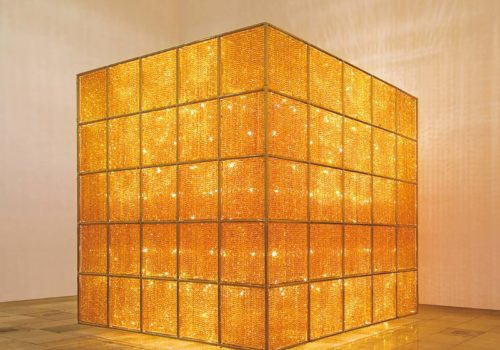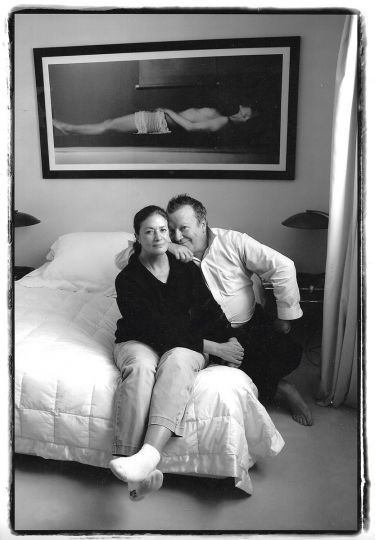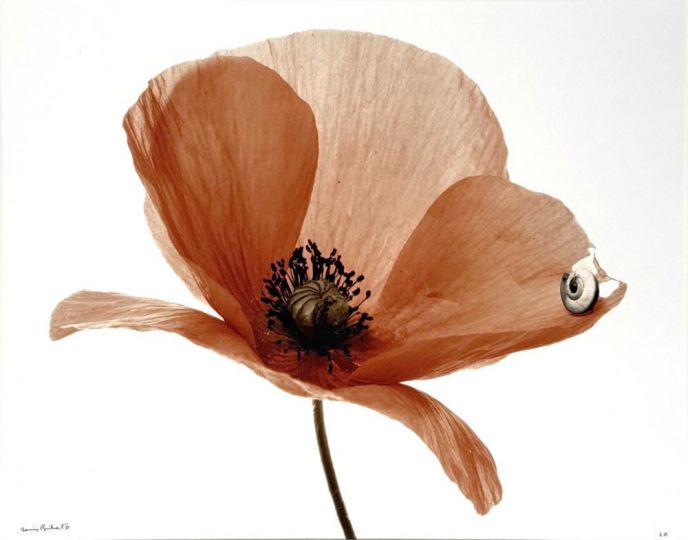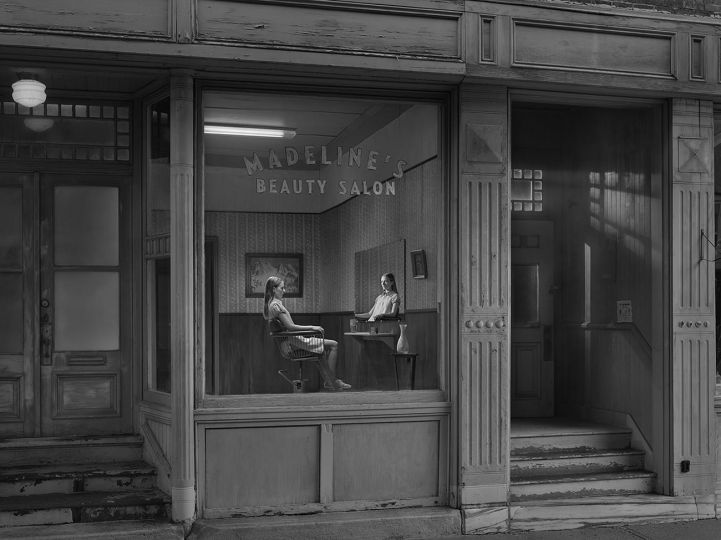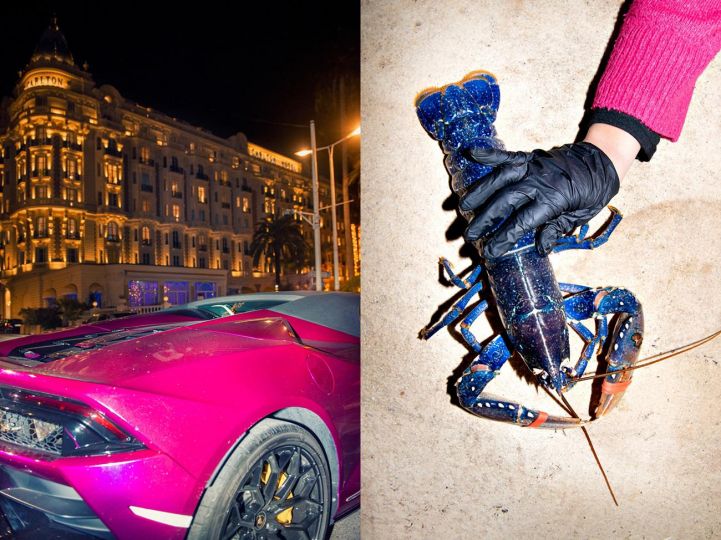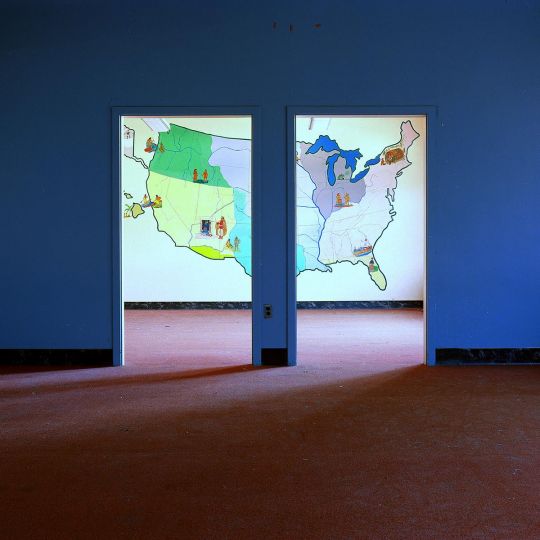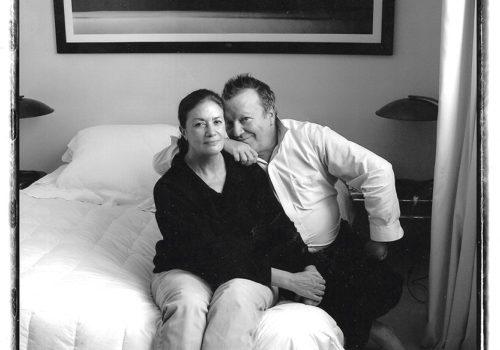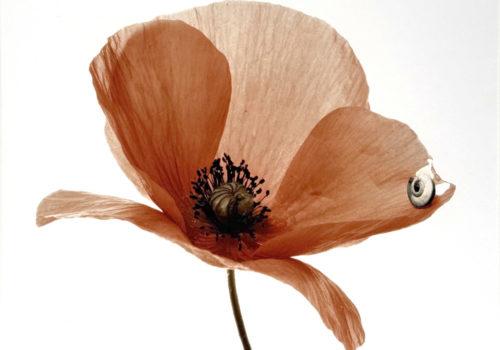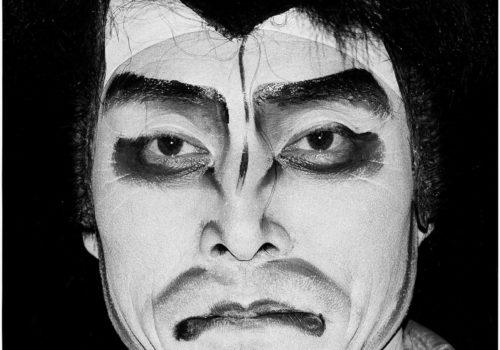On April 3, 2011, Ai Weiwei was detained by Chinese authorities on charges of tax evasion and was held in detention for eighty-one days. One cannot help but wonder what would have happened had there not been such a vociferous outcry by the international community. “Everything is art. Everything is politics,” Weiwei said, his life a testament to what happens when the heart of the artist is activism.
Weiwei questions, and his questioning is enough to become a threat to a country as powerful as his homeland China has become. He observes, “In China, there is a long history of the government not revealing information, so it’s difficult for the Chinese people to ever know the truth. It is vital that we try to bring that truth to life.” And so it is that Weiwei uses his art to spark a dialogue.

